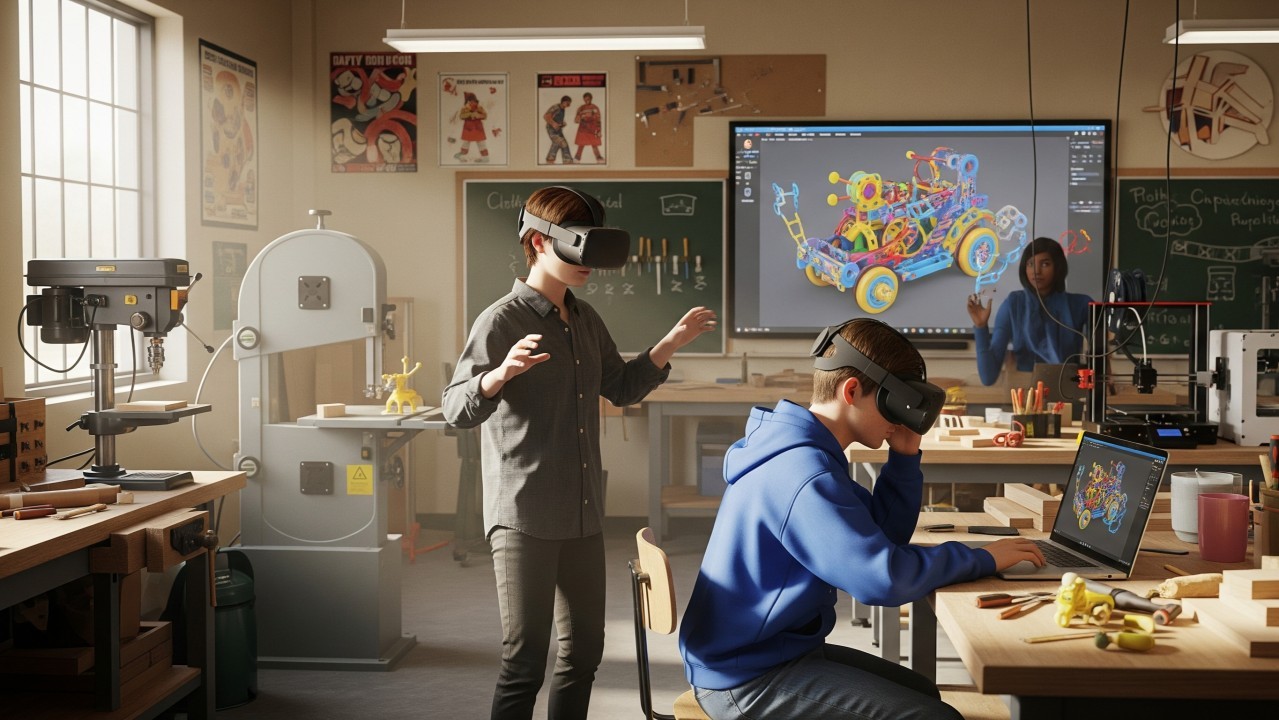Abstract
Objective
To evaluate the efficacy of Virtual Reality Force Feedback Spine Surgery Training Simulators (VRFF-SSTS) in enhancing the skills of spinal pedicle screw placement (PSP) among orthopedic fellows in continuing medical education, and whether influenced by seniority and spinal location.
Methods
A multi-centered, cross-sectional study enrolled fellows from three tertiary care referral hospitals. Participants were categorized into three groups (A, B, and C) based on their post-graduation year (PGY), reflecting their hierarchical order of spine-surgical training: A (PGY1-5), B (PGY6-10), and C (> 10). Participants performed SPSP in the spinal saw bone model using the free-hand technique first, followed by training on IVRSS. The outcome before and after training was assessed on placement accuracy and overall competency through an objective rating scale.
Results
Sixty-four participants were included, with PGY A, B, and C 18 (28.1%),30 (46.9%), and 16 (25.0%) participants, respectively. Pre-training data indicated that screw placement accuracy improved with increasing seniority. The accuracy of lumbar pedicle screw placement surpassed that of atlantoaxial, subaxial cervical, and thoracic vertebrae. Post-training, there was a significant enhancement in screw placement accuracy across all groups compared to pre-training (p < 0.001), with no significant differences observed between seniority levels and spinal regions. Overall competency significantly improved following training, with PGY B and C fellows, who had prior experience with pedicle screw insertion, demonstrating more satisfactory performance.
Conclusion
VRFF-SSTS proves to be an invaluable tool for training surgical skills, capable of enhancing the accuracy of pedicle screw placement for junior spine surgeons within a constrained training period. However, the overall competency in pedicle screw placement remains superior among experienced surgeons compared to their junior counterparts, underscoring the ongoing importance of clinical practice.
Quelle:
https://bmcmededuc.biomedcentral.com/articles/10.1186/s12909-025-07695-6






